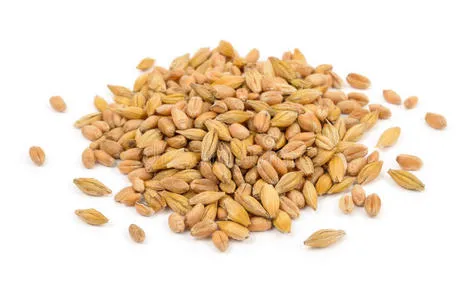
okt . 22, 2024 01:31 Back to list
Formulation of Azoxystrobin and Tebuconazole for Effective Crop Protection Solutions
The Significance of Azoxystrobin and Tebuconazole in Crop Protection
In modern agriculture, the quest for sustainable and effective crop protection solutions has never been more crucial. Among the various chemical compounds available, the combination of azoxystrobin and tebuconazole stands out due to its efficacy against a wide range of plant diseases and its important role in enhancing crop yields. This article explores the characteristics, benefits, and application methods of this potent duo, while also considering its impact on farming practices and environmental sustainability.
Understanding Azoxystrobin and Tebuconazole
Azoxystrobin is a broad-spectrum fungicide belonging to the strobilurin chemical class. It works by inhibiting mitochondrial respiration in fungi, effectively stopping their growth and reproduction. This mode of action is particularly useful in managing numerous foliar and soil-borne pathogens, such as powdery mildew, leaf spots, and blights, which can severely detract from crop health and yield.
On the other hand, tebuconazole is a systemic fungicide from the triazole class that targets a different mechanism. It inhibits the synthesis of ergosterol, an essential component of fungal cell membranes. This action not only prevents the growth of existing fungal colonies but also helps to protect against future infections, making it an excellent choice for preventative applications.
When combined, azoxystrobin and tebuconazole create a highly effective product with complementary modes of action. This synergy enhances disease control, reduces the risk of resistance development, and allows for more flexible application strategies.
Benefits of the Combination
The primary advantage of the azoxystrobin-tebuconazole combination lies in its broad-spectrum activity. Farmers can tackle multiple pathogens with a single application, saving time and resources. Furthermore, this mixture can be applied to a variety of crops, including cereals, fruits, and vegetables, making it exceedingly versatile.
By effectively managing plant diseases, this combination contributes to healthier crops and, consequently, higher yields. Improved crop quality is also key for farmers aiming to meet market demands, and the use of these fungicides can help ensure that produce is disease-free and visually appealing.
azoxystrobin 11 tebuconazole 18.3 w w sc

Another notable benefit is the economic efficiency this combination offers. With lower fungi infection rates, farmers can diminish crop loss, reduce the need for multiple fungicide applications, and ultimately increase profitability.
Application Techniques and Considerations
When using a combination of azoxystrobin and tebuconazole, proper application techniques are essential for maximizing efficacy and minimizing environmental impact. It is critical to adhere to recommended dosages and application timings, as this ensures optimal coverage and disease management. Timing applications during periods of high disease pressure, such as during moist and humid conditions, can significantly enhance effectiveness.
Farmers should also consider integrated pest management (IPM) principles when employing these fungicides. Incorporating cultural practices, such as crop rotation, residue management, and genetic resistance, alongside chemical applications can lead to a more sustainable approach to disease control. Furthermore, accurate monitoring of fungal populations can help inform the need for application and enhance the overall strategy for crop protection.
Environmental Impact and Sustainability
As with any chemical solution in agriculture, the environmental impact of using azoxystrobin and tebuconazole must be carefully considered. These fungicides can affect non-target organisms, which necessitates a balanced approach to their use. Implementing best practices, such as precision application methods and adhering to safety regulations, can mitigate negative impacts.
Additionally, the development of resistant strains of fungi highlights the need for ongoing research and the development of new compounds or alternative control methods. Continuous evaluation and adaptation are necessary to ensure the long-term viability of these fungicides in integrated pest management systems.
Conclusion
In summary, the combination of azoxystrobin and tebuconazole represents a significant advancement in the field of crop protection. Their synergistic action allows for effective management of a wide array of diseases, contributing to enhanced crop health and superior yields. As agriculture continues to evolve, the responsible use of these fungicides, in conjunction with sustainable practices, will be vital for meeting the food demands of the growing global population while preserving the environment.
-
Kasugamycin Fungicide: Efficient Bacterial & Fungal Control
NewsAug.02,2025
-
Emamectin Benzoate: AI-Optimized Pest Control Solution
NewsAug.01,2025
-
Best Abamectin 95% | Top Pesticide for Crop Protection
NewsJul.31,2025
-
Insecticide Spirotetramat 11% + Thiacloprid 11% SC at Good Price
NewsJul.30,2025
-
Best Abamectin SDS - Premium Quality & Reliable Safety Data
NewsJul.29,2025
-
Agrochemicals Pesticides Solutions for Sustainable Farming
NewsJul.29,2025
